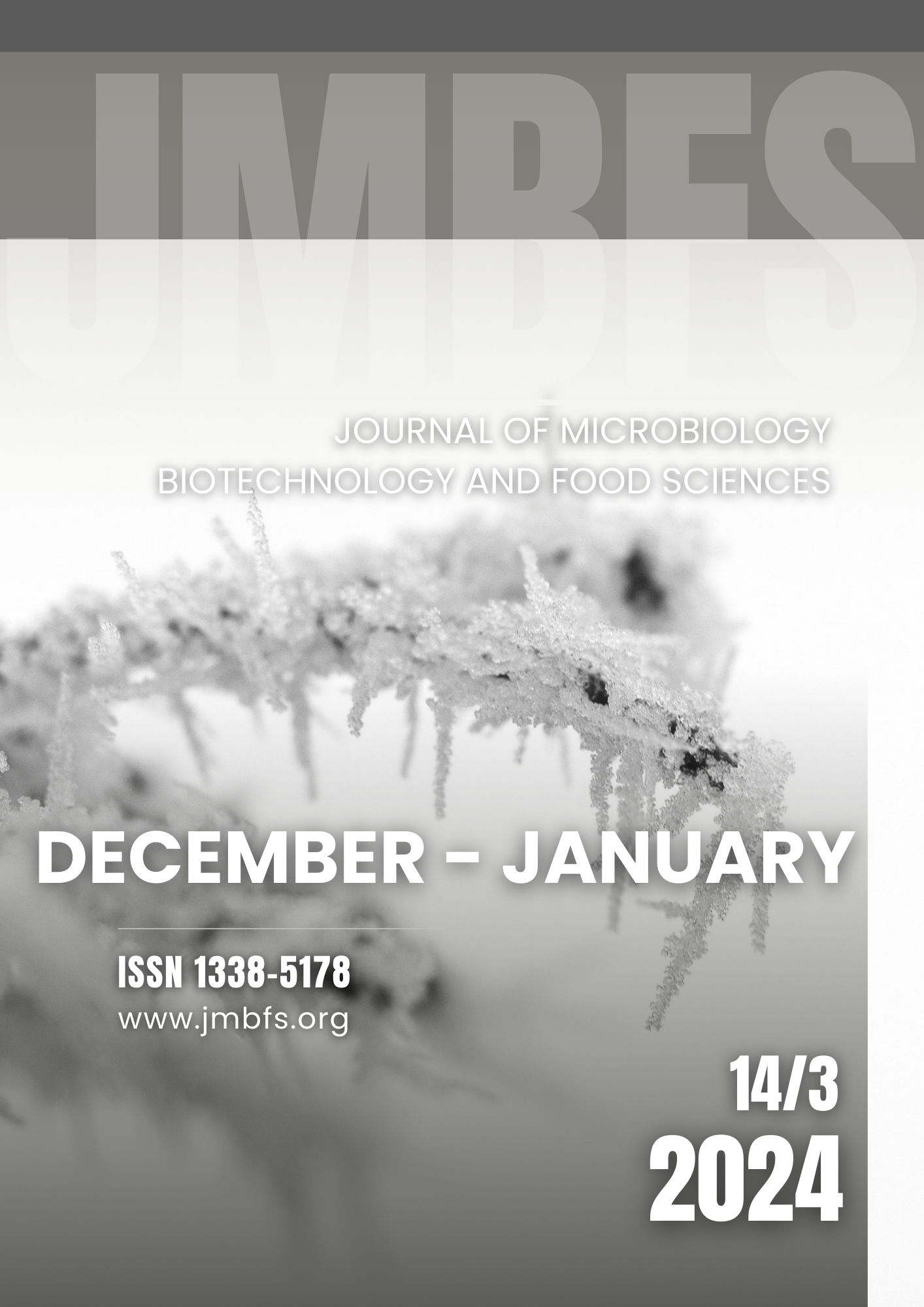IN VITRO CHARACTERIZATION AND ANALYSIS OF RICE VARIETIES AGAINST VARIOUS LEVELS OF SALT STRESS
DOI:
https://doi.org/10.55251/jmbfs.11179Keywords:
Oryza sativa, sodium chloride, callus induction, salt stress, proline, rice, catalase, salt toleranceAbstract
Salinity is a significant environmental factor that greatly impacts plant yield, particularly in arid and semi-arid regions. The study examined the response of two rice varieties (Swat-1 and Pakhal) to salinity stress on the callus. Various salt concentrations were utilized. Among the two varieties, Swat-1 displayed the highest rate of callogenesis in the initial results. The Calli were exposed to varying concentrations of salt (50mM, 100mM, and 150mM), with each concentration tested in three replicates. Under the influence of stress, Swat-1 experienced a decrease in its Relative growth rate (RGR), whereas Pakhal remained steady at 50mM and 100mM. It was only at 150mM that Pakhal also exhibited a decline in RGR. Regarding water content, the stress caused a decrease in the content. At the highest stress level (150mM), the lowest water content was observed. The impact on soluble sugars was also noteworthy. As stress levels rose, concentrations of total sugars also increased. Similar findings were noted for proline, with stress leading to an increase in its concentration. Out of the two varieties, Pakhal appeared to have the highest proline accumulation. Similarly, there was a noticeable upward trend observed in catalase activity. There was a significant increase in catalase activity in both varieties after being exposed to stress for 30 and 60 days. The findings indicate that both varieties effectively developed strategies to combat salinity stress. They exhibited high concentrations of total soluble sugars and proline, as well as demonstrated significant catalase activity.
Downloads
Downloads
Published
How to Cite
Issue
Section
License
Copyright (c) 2023 Kalsoom Jehan, Mohammad Sayyar Khan, Navid Iqbal, Mazhar Ullah, Shahana Malik, Amir Muhammad Khan

This work is licensed under a Creative Commons Attribution 4.0 International License.
All papers published in the Journal of Microbiology, Biotechnology and Food Sciences are published under a CC-BY licence (CC-BY 4.0). Published materials can be shared (copy and redistribute the material in any medium or format) and adapted (remix, transform, and build upon the material for any purpose, even commercially) with specifying the author(s).





